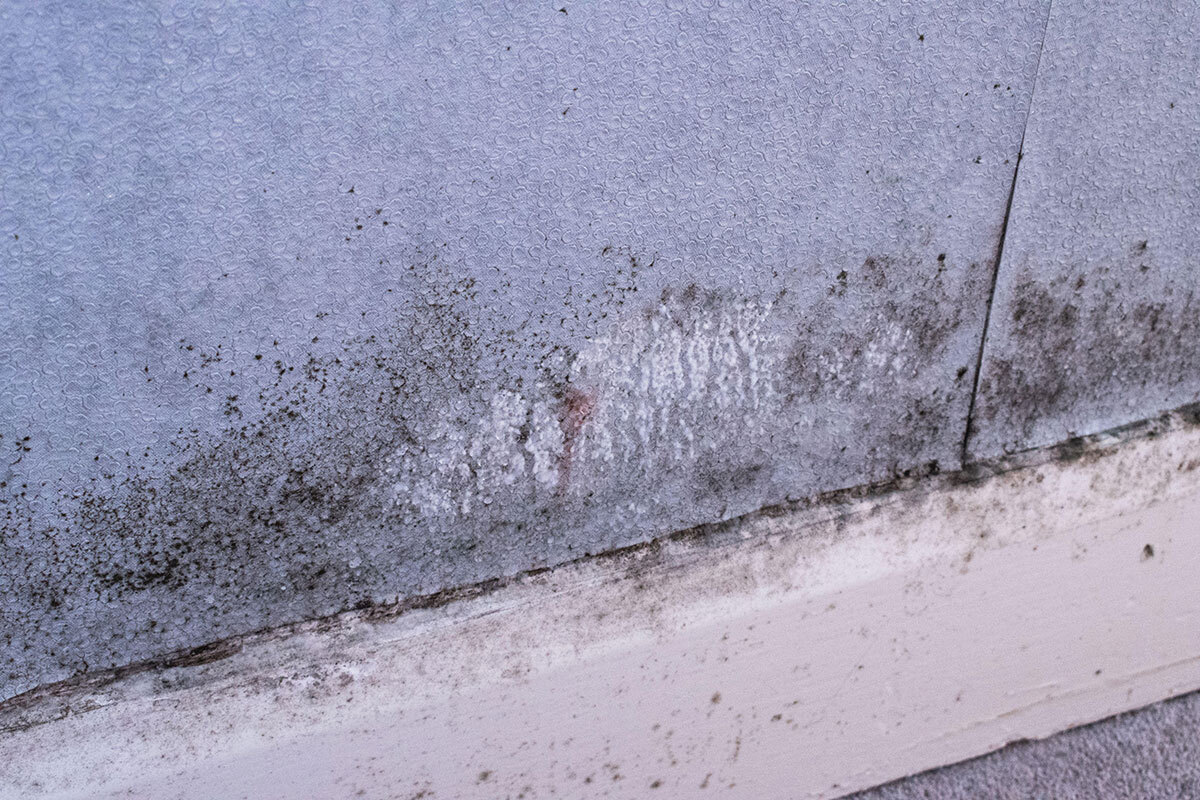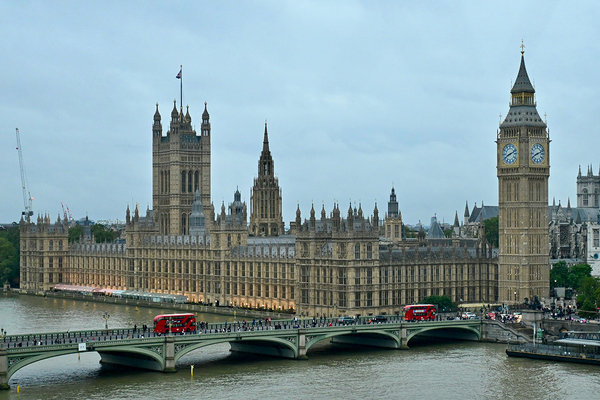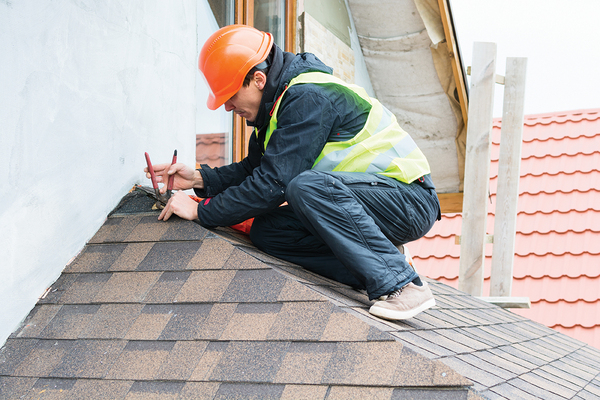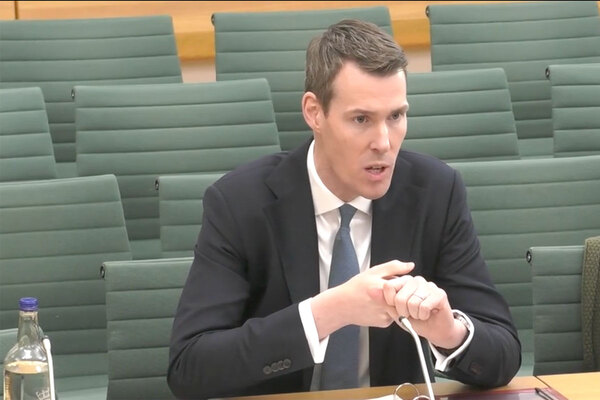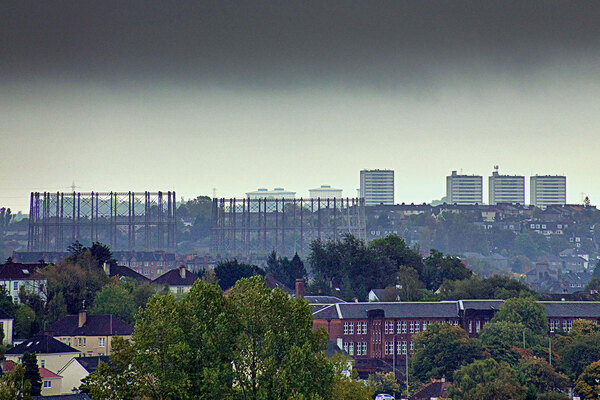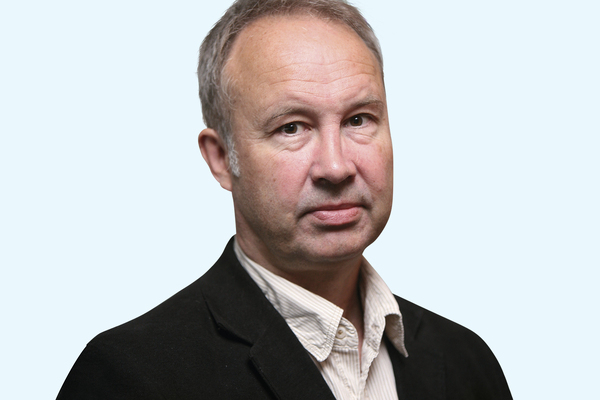Government sets date for Awaab’s Law to be introduced across social housing sector
The deputy prime minister and housing secretary has confirmed when Awaab’s Law will come into force across the social housing sector.
Angela Rayner has confirmed in a written statement today that “the government will bring Awaab’s Law into force for the social housing sector from October this year”.
In a written statement, Ms Rayner said: “We intend to act as quickly as possible to bring all relevant hazards within the scope of new legal requirements, but to ensure its effective implementation we will implement Awaab’s Law through a phased approach.
“This sequencing will allow us to apply the protections that Awaab’s Law provides to damp and mould earlier than would be the case if we sought to apply it to a wider group of hazards from the offset.
“It will also provide for an initial period of testing and learning to ensure the reform is being delivered in a way that benefits social tenants and secures the lasting legacy that Awaab Ishak’s family have fought so hard for. As we progressively extend the application of Awaab’s Law, we will continue to test and learn to make sure the new legal requirements are operating effectively.”
The Ministry of Housing, Communities and Local Government (MHCLG) has previously confirmed that it had received more than 1,000 responses to a consultation on the law and is now finalising its requirements.
Awaab’s Law, named after two-year-old Awaab Ishak, who died from prolonged exposure to mould in a housing association flat, will force social landlords to respond to hazards within strict timeframes.
The law is already on the statute books under the Social Housing (Regulation) Act 2023, but secondary legislation is required to implement it across the social housing sector.
In January this year, the government said it was planning to update its impact assessment for Awaab’s Law after acknowledging feedback from the social housing sector that it “vastly underestimated” how much implementing the regulation will cost.
In her statement today, Ms Rayner said: “We have carefully considered all the responses submitted to the consultation and have been working closely with campaigners, social housing tenants, and social landlords to ensure the implementation of this landmark reform will be effective, proportionate and of lasting benefit to social housing tenants.
“We will publish shortly the full government response to the consultation alongside further detail on Awaab’s Law and guidance to support implementation.”
The government’s proposed phasing-in of Awaab’s Law will be as follows:
- From October 2025 social landlords will be required to address damp and mould hazards that present a significant risk of harm to tenants, within fixed timescales. From the same point in time, they will also have to address all emergency repairs, whether they relate to damp and mould or any other hazard, as soon as possible and within no longer than 24 hours.
- In 2026, requirements will expand to apply to a wider range of hazards beyond damp and mould. The hazards the government expects to extend Awaab’s Law to in this second stage of implementation include excess cold and excess heat; falls; structural collapse; fire, electrical and explosions; and hygiene hazards.
- Then in 2027, the requirements of Awaab’s Law will expand to apply to the remaining hazards as defined by the Housing Health and Safety Rating System (excluding overcrowding).
Ms Rayner added: “It is important to stress that the phased approach to introducing Awaab’s Law… in no way means that social landlords have any leeway when it comes to meeting their existing duties to address dangers to health and safety present in their homes before Awaab’s Law is fully implemented.
“Awaab’s Law establishes timeframes for social landlords to act. It will also be enforceable through routes such as the Housing Ombudsman and, ultimately, the courts. However, social landlords already have a duty to keep their homes fit for human habitation, free of Category 1 hazards and to remedy disrepair. The government expects those duties to be met.”
Richard Blakeway, the housing ombudsman, said: “We welcome these new measures to provide further protections for renters living in hazardous conditions and its extension to private landlords.
“It is a basic human right to live in a safe and decent home. This law is an important step towards helping the millions of people who do not – including one million children.
“When most residents have little choice over their landlord, these measures will give them greater power to challenge poor living conditions.
“We have seen some progress two years after the inquest into Awaab Ishak’s death. We can see landlords investing more into repairs, using new technology and changing the culture of housing management. Those landlords should be recognised for the steps they have taken to make homes better in this vital sector.
“Despite this progress, we still repeatedly find significant and preventable failings in handling potential health hazards in homes. We find some landlords not taking full responsibility, communicating poorly and making basic errors. Around half of our casework still concerns damp and mould.”
At the end of last year, the Housing Ombudsman urged landlords to overcome their “alarming complacency” around hazards ahead of the introduction of Awaab’s Law.
Mr Blakeway added: “It is right that government has prioritised action on mould, but also committed to introducing Awaab’s Law to other hazards. These hazards have been in statute for 20 years but our casework repeatedly shows that some landlords have been far too slow to remove potential hazards, with risks remaining for months or even years.
“The expectations are clear and landlords should not wait until the last moment to make changes but extend the discipline of Awaab’s Law to other hazards as soon as possible, especially when handling mould alongside other hazards in the same home or block.
“This would avoid the shocking conditions we see in some cases, including children living with bedroom windows boarded up for years, older people experiencing broken boilers in winter and dead rats making homes uninhabitable.
“The social housing sector’s audit of its housing will also reveal the extent of the challenge with conditions. While some landlords are prepared for this, we can see from our casework that others will face significant challenges.”
The sector watchdog said he believes the law’s introduction should act as a catalyst for landlords to get back on top of managing hazards, modernising their repair services and adopting a zero-tolerance culture towards hazards.
At the same time, the Housing Ombudsman plans to keep sharing lessons from its casework to support the sector and provide redress where it finds failings.
Sign up for our asset management newsletter
Already have an account? Click here to manage your newsletters
Sign up to the Warm and Safe Homes Summit 2025
Join more than 500 sector leaders responsible for retrofitting and improving the quality of homes – spanning asset management, building safety, sustainability, tenant engagement, procurement, governance and compliance.
The Warm and Safe Homes Summit (previously called the Retrofit and Strategic Asset Management Summit) offers a crucial opportunity for you to build collaborations and partnerships, driving progress toward healthy, safe and energy-efficient homes for tenants and residents.
